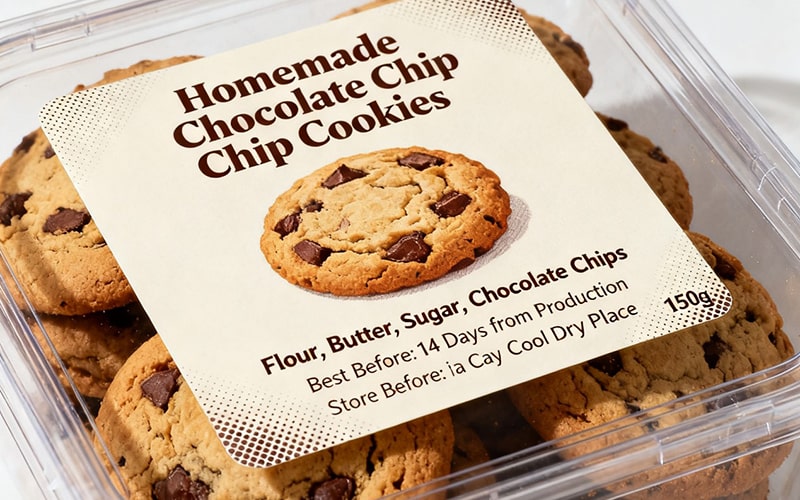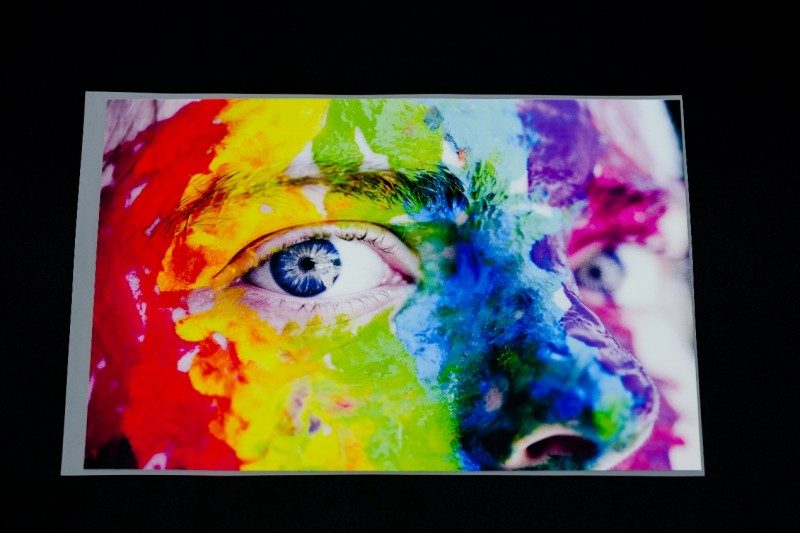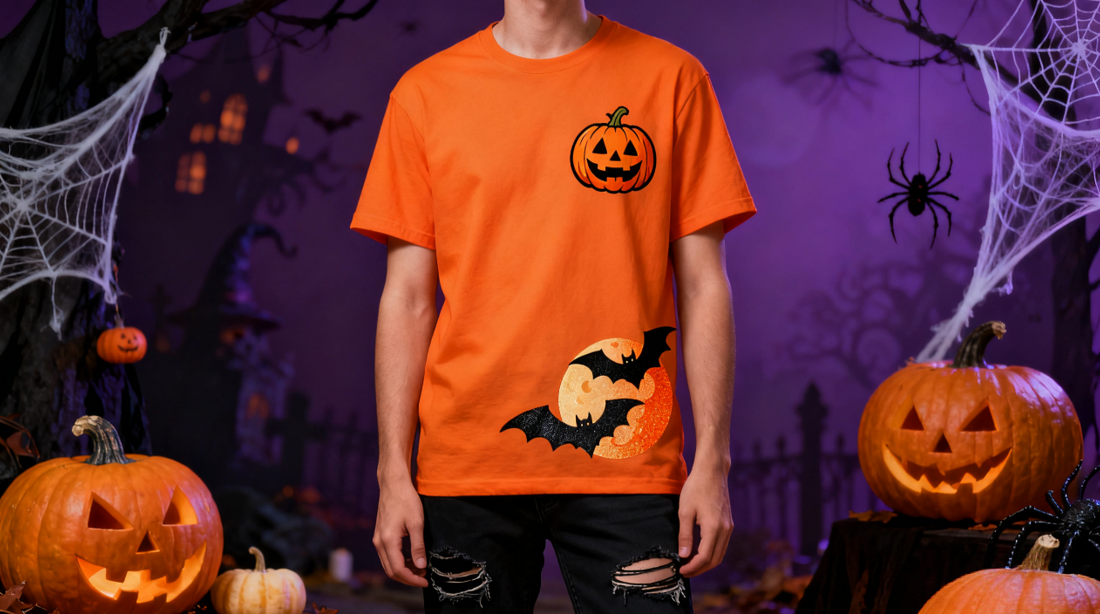Flexo Printing Explained for Self Adhesive Label Films
Flexo printing uses flexible plates to create high...
MoreSelf-adhesive labels, commonly known as pressure-sensitive labels, are an integral component of modern business operations, from product packaging to shipping and branding. Unlike traditional labels that require moisture, heat, or other activators for adhesion, self-adhesive labels feature a pre-applied, permanent adhesive that bonds instantly to surfaces upon application of light pressure. This fundamental characteristic makes them exceptionally versatile and efficient for a wide range of applications. The global self-adhesive labels market, valued at approximately USD 46.5 billion in 2022, is a testament to their widespread adoption across industries. The market is projected to grow at a compound annual growth rate (CAGR) of 4.5% from 2023 to 2030, according to data from Grand View Research. This growth is driven by escalating demand from the e-commerce, food and beverage, pharmaceutical, and personal care sectors, where effective labeling is crucial for information dissemination, brand differentiation, and regulatory compliance. The basic construction of a self-adhesive label consists of three primary layers: the face material (the printable top layer, such as paper, film, or foil), the adhesive (a permanent, removable, or specialty glue), and the release liner (a silicone-coated backing paper that is removed during application). This sophisticated yet simple design allows for high-speed application on automated production lines, making them a preferred choice for mass-produced goods. Their dominance is further evidenced by their market share; they constitute over 60% of the total label market in North America and Europe, as per the TLMI (Tag and Label Manufacturers Institute). The efficiency and reliability of self-adhesive labels have rendered older glue-applied and sleeve labeling technologies nearly obsolete for many primary product applications, solidifying their status as the industry standard for dynamic and demanding supply chains.
Selecting the right self-adhesive label is a critical decision that directly impacts product presentation, durability, and compliance. The choice is not one-size-fits-all and must be based on a systematic evaluation of several key factors, backed by material specifications and real-world application data. The primary consideration is the surface material. For example, in the food and beverage industry, where moisture resistance is paramount, polypropylene (BOPP) or polyethylene (PE) films are dominant, holding over 40% of the market share for film labels. A 2023 industry report by Finat highlights that for products like bottled beverages or frozen foods, these materials prevent label degradation and adhesive failure. In contrast, for high-end cosmetic or electronics packaging, a glossy white film or a textured paper like a linen finish is often specified to convey a premium brand image. The second crucial factor is the adhesive. A permanent acrylic adhesive is standard for most retail products, ensuring the label remains affixed for the product's lifetime. However, search query data from platforms like Google Ads indicates a growing demand for "removable adhesive labels" for temporary promotions or "freezer-grade adhesive" for frozen food packaging, which must withstand temperatures as low as -40°C without losing adhesion. The application environment is the third decisive element. Labels for outdoor equipment or chemical containers require ultra-durable materials like polyester or vinyl, which offer excellent resistance to UV light, abrasion, and harsh chemicals. For logistics and shipping, the barcode scannability is non-negotiable. Industry standards from organizations like GS1 mandate the use of high-contrast, smudge-proof materials to ensure a first-pass read rate of over 99.5% in warehouse scanning systems. Finally, the total cost of ownership must be calculated, which includes not just the price per label but also application speed and waste reduction. Partnering with a label supplier that provides material certification (e.g., UL or FINAT testing data) and can conduct application testing on your specific product is the most reliable method to ensure optimal performance, brand integrity, and regulatory adherence.
Select the most popular foreign trade service products to meet your diverse needs
Learn more about the dynamics and professional knowledge of the foreign trade industry

Flexo printing uses flexible plates to create high...
More
Sports are all about unity—and nothing fuels team ...
More
If you’re new to garment printing, using DTF film ...
More
Third, BOPP film offers great versatility and safe...
More
BOPP Film, or Biaxially Oriented Polypropylene Fil...
More
Get ahead of the holiday rush with this actionable...
MoreSelect the most popular foreign trade service products to meet your diverse needs
Explore more content related to foreign trade services

Tel: +86 17706217416
Add: Building L2A, No. 520, Lane 1588, Zhuguang Road, Hongqiao World Center, Qingpu District, Shanghai, China
User Comments
Service Experience Sharing from Real Customers
Emily Johnson
Office ManagerThese label self adhesive sheets are fantastic! They stick perfectly and don't peel off, even on textured surfaces. Perfect for our filing system reorganization.
Michael Chen
Logistics CoordinatorGreat quality self adhesive labels that withstand humidity and handling in our warehouse. The adhesive is strong but removable when needed. Very reliable for inventory management.
Sarah Williams
Retail Store OwnerExcellent self adhesive labels for product pricing and promotions. They apply smoothly and remove cleanly without leaving residue. Has made our price changes so much easier!
David Rodriguez
Laboratory TechnicianThese self adhesive labels hold up well in cold storage environments and resist moisture. Perfect for sample identification in our research facility. Good durability for scientific use.